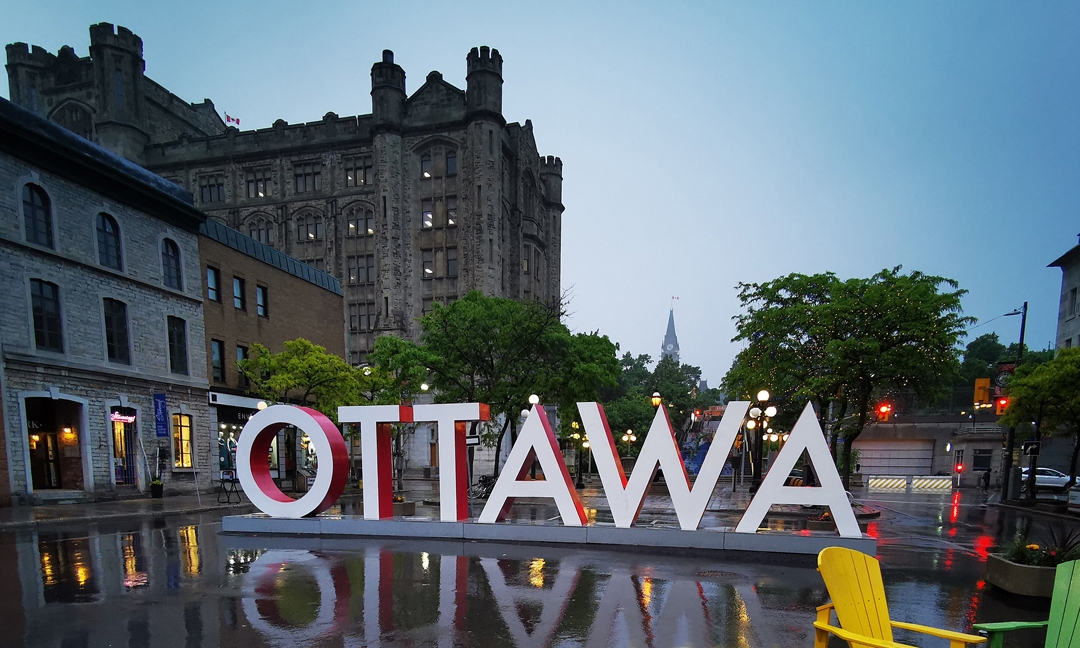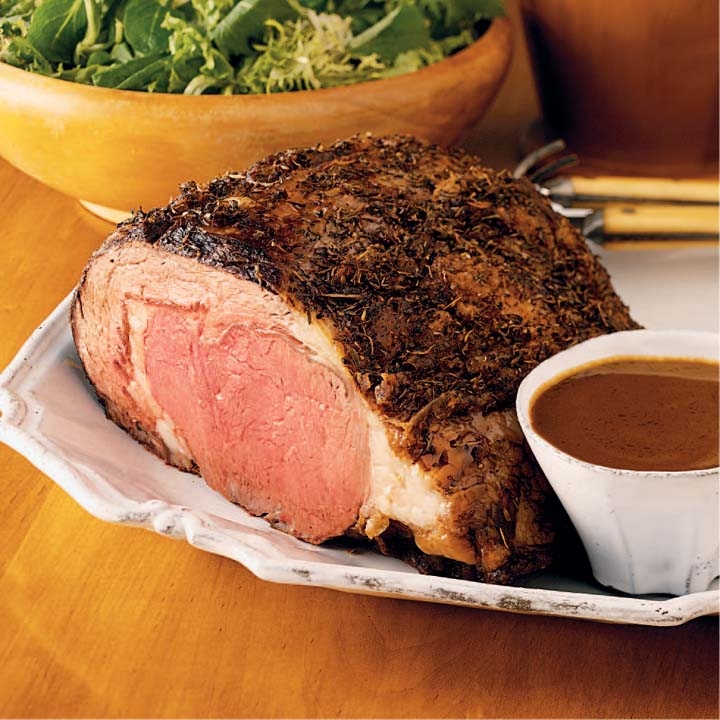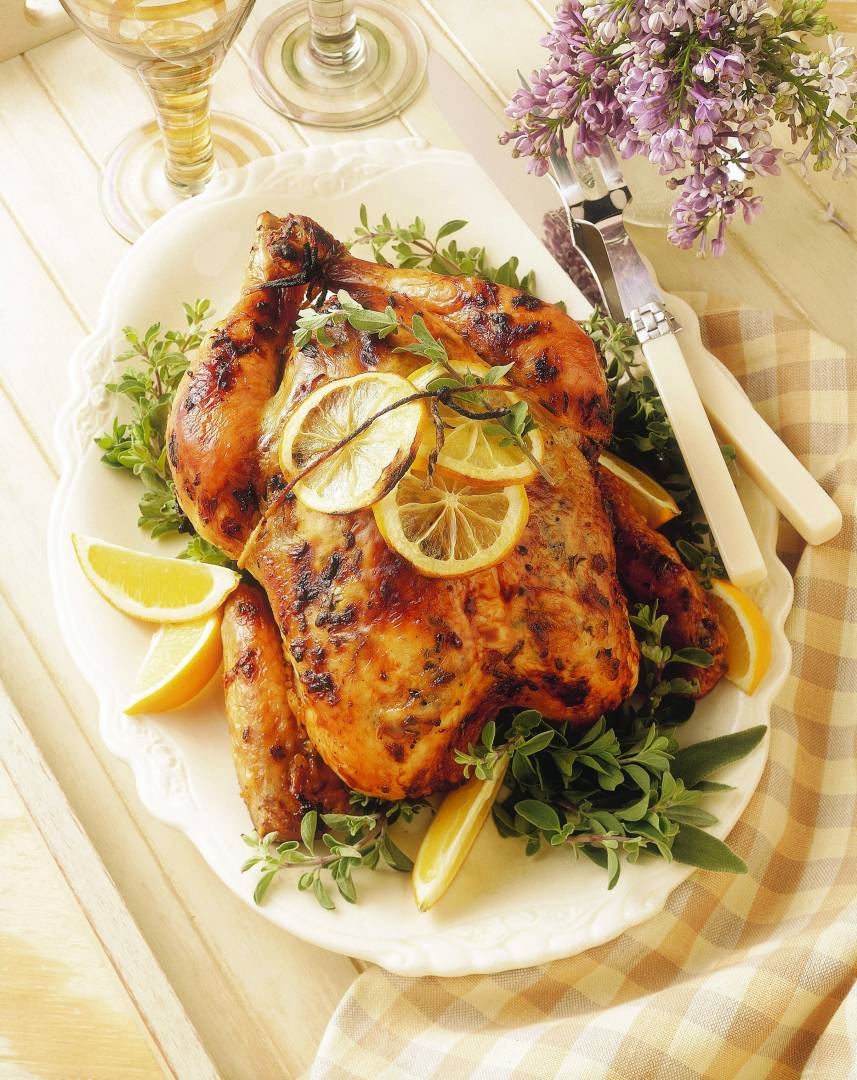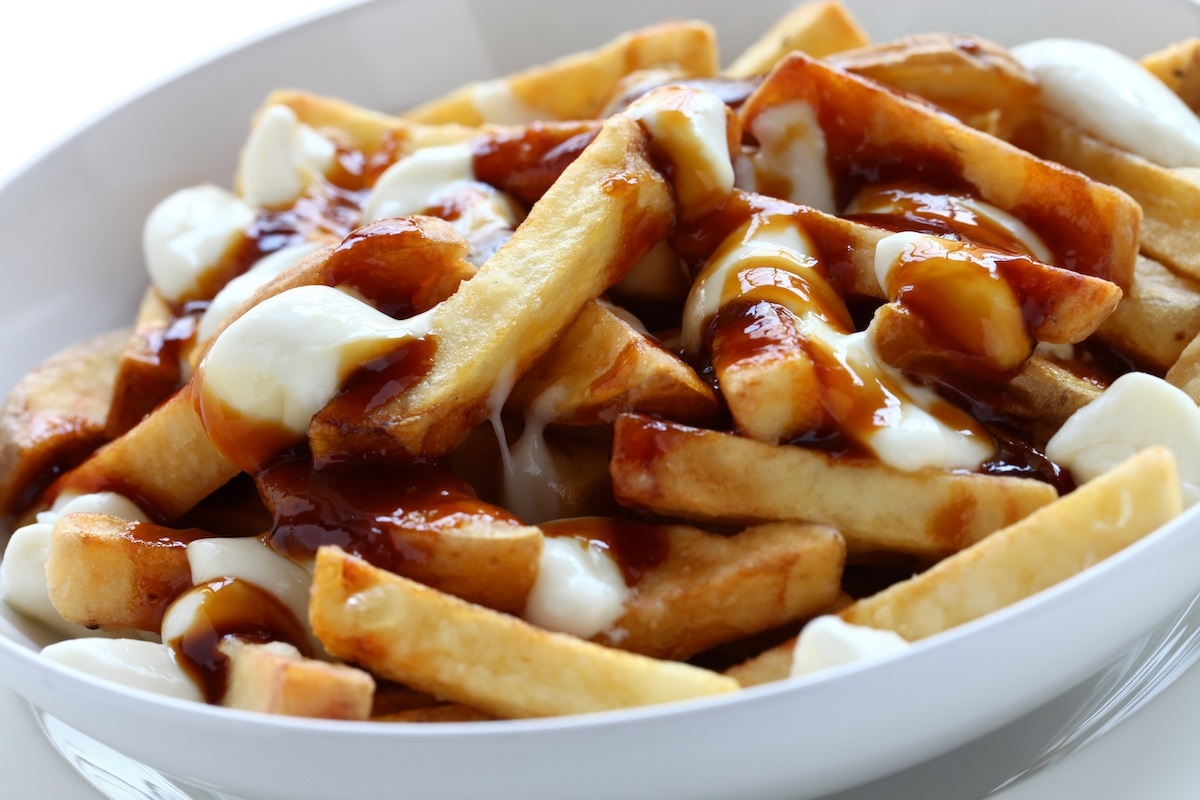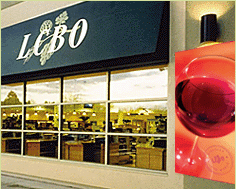
How to Import Wine into Ontario
Have you ever wondered how one becomes a wine agent – better yet, how one gets wines, that are not available in the LCBO, into the province? You’re not alone. I get at least an email a week asking me how one goes about acquiring a wine that someone tried in another province or abroad and now can’t find here in Ontario. While many of us may not be interested about what goes on behind closed doors at Canada’s Liquor Giant, as a consumer it’s important to understand how our system works.
The most obvious question to start with is: how did the Board decide to stock that bottle, that brand or that blend? Well, if it’s not brought in directly, then there was an agent behind getting it to market. Although it sounds like a fun task to be an agent, who is able to pick and chose what wines end up on the LCBO shelves, the job is actually quite complex.
Recently I received an email from an agent giving me a detailed account of the process of getting alcohol onto the shelves of LCBO stores. After reading the following, you will most likely get a sense of the frustrations and responsibilities of such a task.

The element of sarcasm as presented by the agent helps to express the frustration that goes along with getting alcohol into the Ontario market and dealing with the LCBO. I have also been assured that this is how it is – at least in this agent’s experience. Please note: that I have removed any indication of the product being discussed, the producer and of the agent to protect their future dealings with the Board.
In the first part of the letter, the agent discusses the procedure for getting products in for restaurants (known as licensees). This is known as a private order. Most restaurants prefer products that the public can’t purchase at the LCBO, thus something they can only get through an agent, and if the restaurant buys enough, the product can be exclusive to that restaurant (in that area). The second part describes the procedure a product takes to get onto the LCBO shelves. An agent has two routes they can take, both extremely difficult and reliant on the decision process of the board. Also note: whether a product is sold thru the Board or not the LCBO still controls ALL liquor sales in Ontario.
“I can take samples to the Licensees – Restaurants & Hotels – and if they want to buy it this is the procedure”:
1) They must purchase a minimum of one full case
2) They must pay the LCBO a 25% deposit
3) If I want to reduce the freight rate down from $100+ per case to a reasonable freight rate….more like $12/case then I need to gather a minimum of 20 cases in orders with specific Licensees names on them who have all paid the deposit.
4) The LCBO Private Ordering department then processes the paperwork
5) The producer would then ship the product to an LCBO pick-up location
6) We wait until the LCBO consolidates our small order into a large container with other suppliers
7) The product usually takes 4 months to arrive and then spends another month going through Lab Analysis at a cost to the supplier of $175 per product.
8 ) When the product finally gets released we have to hope that the original licensees that ordered it all take delivery
9) The producer gets paid 60 – 90 days after the order lands in Ontario (while the agent pays to get it out of the Private Ordering warehouse).
10) The agent then has to chase the customer for at least 90 days to get them to pay since they will likely have an excuse not to have a cheque ready upon delivery
11) We have to do this for a total a 300 cases sold within one year to EARN the privilege of getting into the Consignment warehouse.
12) Once granted consignment space…..we can start to ship from the producer to the LCBO consignment warehouse by the pallet (~56 cases)
13) In consignment, the product can be shipped without an advanced licensee order….but still must sell by the case to customers.
14) The producer gets paid once ALL of the order is sold through: 120 – 240 days later.
15) If the product does not sell through within 120 days of arrival then the LCBO confiscates the remaining order, discounts it, and puts it into a sale warehouse.
16) This frees up more space back in the consignment warehouse so that they can trap more agents into over-shipping and then the LCBO can punish them for trying to treat Ontario like a free enterprise liquor system.

Sales end-up looking something like this:
Year One: 20 cases
Year Two: 40 cases
Year Three: 80 cases
Year Four: 160 cases
Year Five: 300+ cases
Year Six … Consignment should technically begin, but you can only apply once per year and there is a ‘waiting list’ of agents trying to qualify
Year Seven … still waiting for consignment space
Year Eight … finally get consignment but something happens to the economy, or there’s a flu pandemic, or the LCBO develops a new department to sell to licensees, and the second an agent drops below 300 cases in sales they have their space taken away and must re-earn it back over the next few years.
Here is the real problem, however, once we get to the point where we are ALMOST about to get Consignment space, the LCBO finally buys it for their retail and then we lose all of our licensee customers because:
a) they don’t want something that anyone can buy off the shelf
b) they (the licensee) can buy single bottles from LCBO as needed instead of storing a case
c) LCBO store price is usually less than the consignment price.
If we ignore doing Private Order and instead we are persistent with applying to get into the stores this is usually the pattern:
Year One: nothing goes to tasting
Year Two: something goes to tasting but gets rejected
Year Three: something gets tasted and bought: 300 cases
Year Four: something else gets tasted and bought: 300 cases
Year Five: they re-buy the first product and buy another new product: 600 cases
Year Six: they buy nothing to show us who has the power …
Year Seven: after having learned our lesson about who is in charge…they go back to buying again and business starts to grow exponentially from there.
That’s our monopoly in a nutshell.”
Now, who wants to import wine into Ontario?

